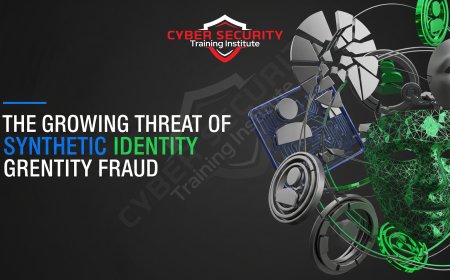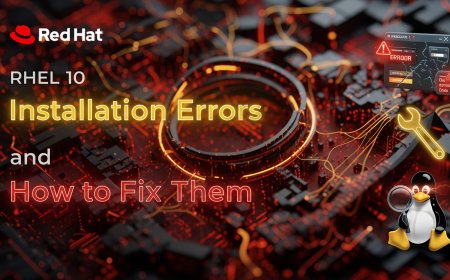Why Are Cloud Environments Facing More Insider Threats in 2025?
Writing from the perspective of 2025, this comprehensive article explores why cloud environments are facing a significant increase in insider threats. We analyze how the cloud's core strengths—accessibility, scale, and automation—have inadvertently created a fertile ground for both malicious and accidental insiders. The piece details the key factors driving this trend, including the immense complexity of Identity and Access Management (IAM), the pervasive issue of "privilege creep," and the risks associated with a distributed hybrid workforce. We break down the specific methods used by malicious insiders, such as large-scale data exfiltration and infrastructure sabotage via Infrastructure-as-Code (IaC), as well as the dangers of accidental insiders through costly misconfigurations. The article features a comparative analysis of insider threats in traditional on-premise environments versus modern cloud platforms. It also includes a focused case study on the concentrated insider risk within Pune's booming tech and SaaS industry, driven by high employee turnover and a large pool of privileged users. This is a critical read for CISOs, cloud architects, and business leaders, concluding with the mandate to adopt a Zero Trust security model, enforce the Principle of Least Privilege, and leverage tools like UEBA and CSPM to combat this growing internal threat.
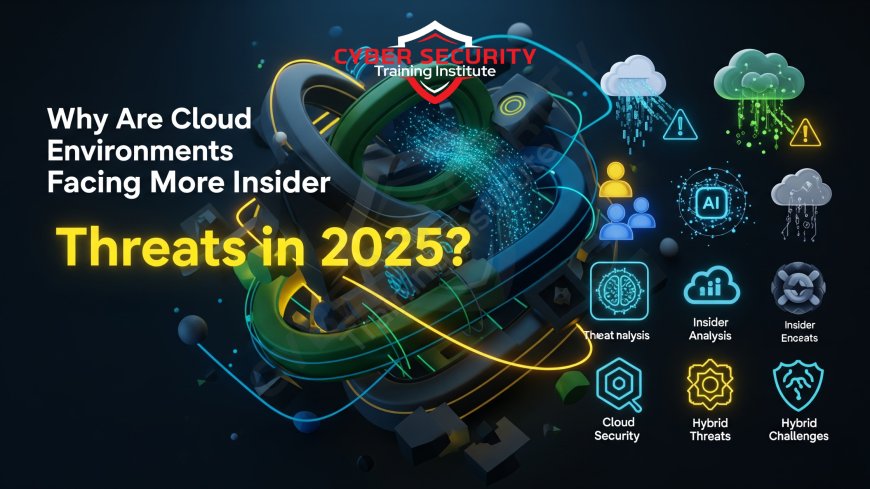
Introduction: The Danger Within the Walls
For years, the dominant narrative in cloud security has been about defending against external attackers—building higher firewalls, stronger encryption, and smarter intrusion detection systems to keep adversaries out. But here in 2025, an uncomfortable truth has become undeniable: some of the most devastating and difficult-to-detect threats are originating from within the organization itself. The insider threat, a risk posed by current employees, former employees, or trusted contractors, is not new. However, the very nature of modern cloud environments—their immense scale, inherent complexity, and focus on frictionless access—has created a perfect storm, transforming this old problem into a rapidly growing crisis. Cloud platforms have inadvertently provided insiders with more power, more opportunity, and more ways to hide their tracks than ever before, forcing a fundamental shift in our security focus from the perimeter to the identity.
The Cloud's Double-Edged Sword: Accessibility vs. Control
The core value proposition of the cloud is its unparalleled accessibility and scalability. Developers can spin up thousands of servers from anywhere in the world with a few lines of code. This agility, however, comes at the cost of control and visibility, creating several key challenges that amplify the insider threat.
- Identity and Access Management (IAM) Complexity: IAM is the security backbone of the cloud, defining who can do what. But managing thousands of granular permissions, roles, and policies across multiple cloud providers like AWS, Azure, and GCP is incredibly complex. Misconfigurations are rampant, often granting users and applications far more access than they actually need.
- Privilege Creep: In dynamic tech environments, employees frequently change roles and projects. While they are granted new permissions, their old ones are often never revoked. Over time, this "privilege creep" means a long-term employee might accumulate a vast and dangerous collection of access rights. An employee who only needs read access to one database might still have administrative rights to the entire production environment from a previous role.
- Proliferation of Non-Human Identities: The cloud runs on automation. Service accounts and API keys are used by applications and scripts to interact with cloud resources. These non-human identities often have broad permissions and are not monitored as closely as human accounts. A malicious insider who compromises one of these keys can perform devastating actions anonymously.
The Malicious Insider: Weaponizing Privileged Access
A malicious insider is a trusted user who deliberately abuses their legitimate access for personal gain, revenge, or espionage. The cloud environment provides these actors with powerful new tools to achieve their objectives with stealth and efficiency.
- Frictionless Data Exfiltration: In an on-premise data center, stealing terabytes of data was a slow and difficult physical or network challenge. In the cloud, a malicious employee with the right IAM permissions can write a simple script to copy the entire contents of a sensitive S3 bucket or database to an external account in minutes. The cloud's high-speed backbone works for the attacker, and the action may not trigger traditional alarms as it can appear to be legitimate, authorized access.
- Infrastructure Sabotage via Code: The rise of Infrastructure-as-Code (IaC) allows a single disgruntled DevOps engineer to cause catastrophic damage. By subtly inserting a few malicious lines into a Terraform or CloudFormation script, they can sabotage the company's entire production environment, create hidden backdoors, or deploy vulnerable configurations that will be exploited later. The malicious change is hidden within thousands of lines of legitimate code, making it incredibly difficult to spot in a code review.
- Resource Hijacking for Profit: A common tactic for financially motivated insiders is "cryptojacking." An employee with access to the company's cloud account can use its powerful computing resources to mine cryptocurrency for their own profit. This can go undetected for months, consuming vast resources and costing the company hundreds of thousands of dollars in cloud bills.
The Accidental Insider: The Unwitting Accomplice
While malicious insiders are a serious threat, the far more common and often just as damaging risk comes from the accidental or unintentional insider. These are not bad actors, but well-meaning employees who make mistakes or become victims themselves.
- Costly Misconfigurations: This is the most frequent cause of cloud data breaches. A developer, under pressure to deploy a new application, might accidentally configure a cloud storage bucket or database to be publicly accessible on the internet. They are not trying to cause harm, but their simple mistake exposes sensitive company or customer data to anyone who looks for it.
- Credential Compromise in a Hybrid World: The employee is the new perimeter. A user with privileged access to the company's cloud environment working from a home network can be targeted by a sophisticated phishing attack. If the attacker steals their credentials, the external threat instantly becomes an insider threat, inheriting all of the employee's permissions and access rights.
- Simple Human Error: The scale of the cloud magnifies the impact of simple mistakes. Accidentally deleting the wrong virtual machine, misapplying a network security group policy, or sharing a sensitive file with an incorrect link can have immediate and widespread consequences that were much harder to trigger in a more constrained on-premise environment.
Comparative Analysis: On-Premise vs. Cloud Insider Threats
The nature and scale of the insider threat are fundamentally different in the cloud compared to a traditional on-premise data center.
| Aspect | On-Premise Environment | Cloud Environment (2025) |
|---|---|---|
| Access Model | Access is typically governed by the physical network perimeter. Privileges are often tied to a single, monolithic directory service. | Access is identity-driven and decentralized, managed via thousands of complex, often misconfigured IAM policies. |
| Data Exfiltration | Difficult and slow. Often requires physical access or is constrained by limited network bandwidth. Stealing terabytes is a major challenge. | Can be done from anywhere in the world with a simple script. The cloud's own backbone allows for the trivial exfiltration of massive datasets. |
| Infrastructure Control | Changes are often slow, requiring manual processes and change control boards. Sabotage is difficult to scale. | Infrastructure-as-Code (IaC) allows a single insider to create, modify, or destroy entire production environments with a few keystrokes. |
| Visibility & Monitoring | Mature, centralized logging (SIEM) within a well-defined and contained network. A relatively unified view of activity. | Complex, fragmented logging across dozens of disparate cloud services. Achieving a single, unified view of an insider's activity is a major challenge. |
| Primary Threat Actors | Disgruntled employees on the corporate LAN; compromised credentials used over a corporate VPN. | Malicious insiders, a vast hybrid workforce, accidental misconfigurations at scale, and compromised non-human (API key) identities. |
Pune's Tech and SaaS Industry: A Hotbed for Insider Risk
As a leading hub for cloud-native software development and SaaS innovation in India, Pune's thriving tech ecosystem is particularly exposed to the insider threat. The city's IT parks in Hinjawadi, Baner, and Kharadi are filled with companies built on and for the cloud, employing a massive workforce of highly skilled (and highly privileged) cloud engineers, DevOps professionals, and SREs. The intensely competitive nature of the tech job market here in 2025 also leads to high employee turnover rates.
This creates a significant risk from malicious leavers. A disgruntled cloud administrator, before departing their role at a Pune-based fintech or health-tech SaaS company, could easily and subtly plant a backdoor, steal proprietary source code, or exfiltrate a customer database. Because they are a trusted user, their activities up until their last day would likely not trigger any alarms. This makes robust offboarding procedures, including the immediate revocation of all permissions and a thorough audit of all recent activity, a critical security function for every tech company in the city. The very concentration of cloud talent that drives Pune's innovation also makes it a concentrated zone of insider risk.
Conclusion: The Zero Trust Mandate for the Cloud Era
The surge of insider threats in cloud environments is a direct consequence of the cloud's own success. Its defining features—speed, scale, and accessibility—have created a new reality where the old security models no longer apply. Perimeter-based security is irrelevant when your employees are everywhere, and traditional monitoring often fails to spot a threat that is already cloaked in legitimate credentials. Combating this requires a modern, data-centric security strategy built on the principle of Zero Trust. This means assuming that any user, human or machine, could be compromised. It requires rigorously enforcing the Principle of Least Privilege to ensure users have only the bare minimum access required for their job. It necessitates the use of AI-powered User and Entity Behavior Analytics (UEBA) to detect anomalous activity that deviates from a known baseline. And it demands the deployment of Cloud Security Posture Management (CSPM) tools to constantly find and fix the misconfigurations that give insiders their opportunities. In the cloud era, trust is not a given; it must be continuously earned and verified.
Frequently Asked Questions
What is an insider threat?
An insider threat is a security risk to an organization that comes from its own current or former employees, contractors, or business partners who have or had authorized access to the organization's network and data.
What are the two main types of insider threats?
The two main types are the "malicious insider," who intentionally seeks to cause harm, and the "accidental insider," who unintentionally causes a security incident through mistakes, negligence, or being compromised by an external attacker.
What is Identity and Access Management (IAM)?
IAM is the framework of policies and technologies for ensuring that the proper people and applications have the appropriate access to technology resources. It is the central pillar of cloud security.
What is "privilege creep"?
Privilege creep is the gradual accumulation of access rights beyond what an employee currently needs to do their job. It happens when employees change roles but their old permissions are not revoked.
What is Infrastructure-as-Code (IaC)?
IaC is the process of managing and provisioning computer data centers through machine-readable definition files (code), rather than physical hardware configuration. Tools like Terraform and AWS CloudFormation are used for IaC.
What is a publicly accessible S3 bucket?
An Amazon S3 bucket is a cloud storage resource. If it is "publicly accessible," it means it has been misconfigured so that anyone on the internet can view and potentially download its contents, often leading to major data breaches.
What is User and Entity Behavior Analytics (UEBA)?
UEBA is a type of security solution that uses machine learning and deep learning to model the normal behavior of users and entities (like servers or applications). It then detects any anomalous behavior that could indicate a threat, such as an insider stealing data.
What is Cloud Security Posture Management (CSPM)?
A CSPM tool is an automated security product that helps identify and remediate misconfiguration issues and compliance risks in a cloud environment. It essentially acts as a watchdog for your cloud settings.
How does the hybrid work model increase insider threats?
It expands the attack surface to less secure home networks, making employees more vulnerable to phishing attacks. A successful attack can steal an employee's credentials, turning an external attacker into a de facto insider.
Why is high employee turnover in Pune's tech sector a risk?
High turnover increases the risk of "malicious leavers"—disgruntled employees who may try to steal data or sabotage systems before they depart. It also increases the chances of access permissions not being properly revoked (privilege creep).
What is the Principle of Least Privilege?
It is a security concept in which a user is given only the minimum levels of access—or permissions—that are necessary to perform their job functions. This dramatically reduces the potential damage an insider can cause.
Is an accidental insider really as dangerous as a malicious one?
Yes. A malicious insider might steal 10,000 customer records. An accidental insider who misconfigures a storage bucket could expose 100 million customer records to the entire internet. The intent is different, but the outcome can be just as, or even more, damaging.
What is a service account?
A service account is a non-human account used by an application, script, or service to interact with other resources programmatically. They are a common target for insiders as they often have broad, unmonitored permissions.
How can a company prevent privilege creep?
Through regular access reviews and automated processes. Companies should conduct quarterly reviews of all user permissions and have automated workflows that adjust or revoke access as soon as an employee changes roles or leaves the company.
What is "cryptojacking"?
Cryptojacking is the unauthorized use of someone else's computing resources to mine cryptocurrency. Insiders can do this by deploying mining software on their company's powerful cloud servers.
How do you monitor activity in the cloud?
Through native cloud logging services (like AWS CloudTrail and Azure Monitor) and specialized security tools like SIEMs (Security Information and Event Management) and UEBA platforms that collect and analyze these logs.
Can an insider threat be an external hacker?
Effectively, yes. If an external hacker steals the legitimate credentials of a trusted, high-privilege employee, they can operate inside the network with all the same capabilities as a malicious insider. This is often called a "compromised insider."
What is a SaaS company?
SaaS stands for Software-as-a-Service. It is a company that provides software applications over the internet on a subscription basis, without customers needing to install and maintain the software on their own premises.
Are multi-cloud environments more at risk?
Yes, they can be. Using multiple cloud providers (like AWS and Azure) increases IAM complexity exponentially, making it even harder to maintain consistent security policies and track an insider's activity across different platforms.
What is the Zero Trust security model?
Zero Trust is a strategic approach to cybersecurity that assumes no user or device is trustworthy by default, whether inside or outside the network. It requires strict verification for every access request, which is a key strategy for mitigating insider threats.
What's Your Reaction?
 Like
0
Like
0
 Dislike
0
Dislike
0
 Love
0
Love
0
 Funny
0
Funny
0
 Angry
0
Angry
0
 Sad
0
Sad
0
 Wow
0
Wow
0






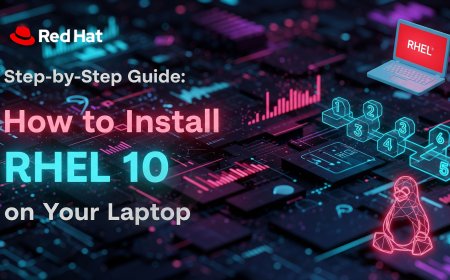
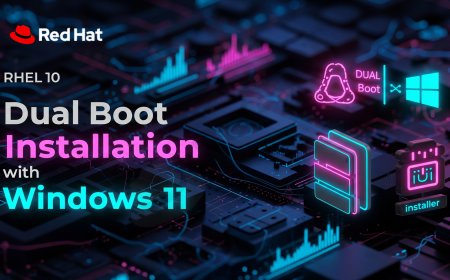
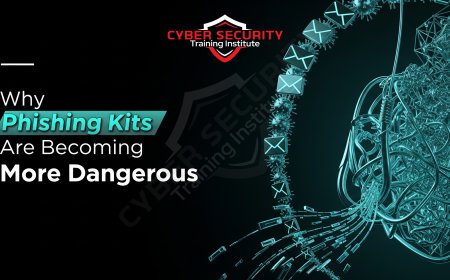
![How to Install RHEL 10 on VMware/VirtualBox [Tutorial]](https://www.cybersecurityinstitute.in/blog/uploads/images/202509/image_430x256_68b56dc967a4a.jpg)
